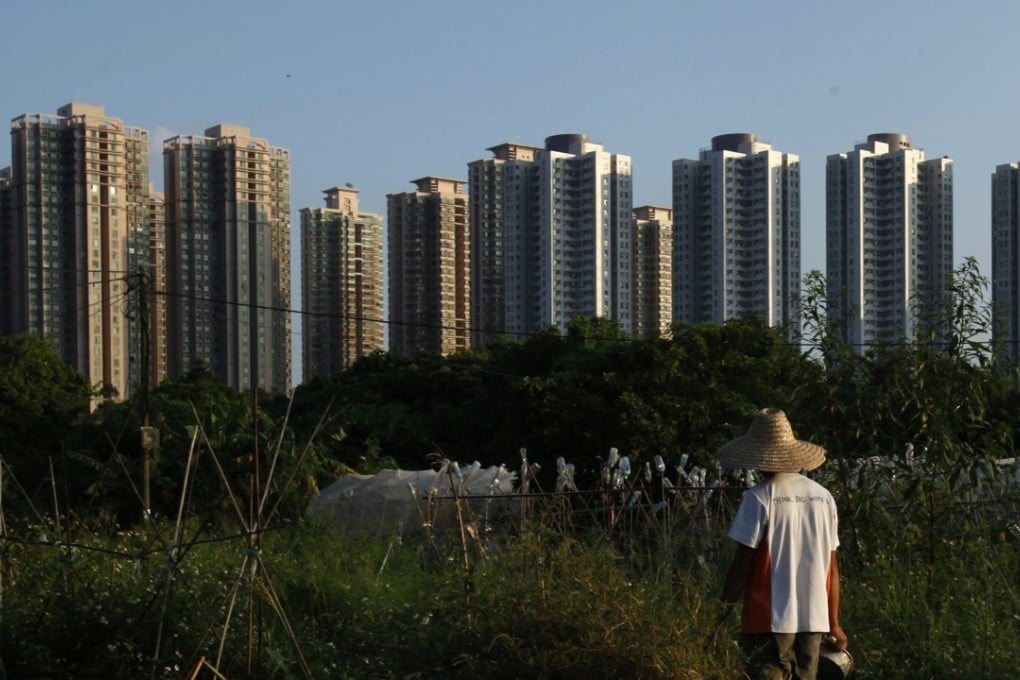The Basic Law means land resumption in New Territories to build more housing isn’t so simple
Ryan Ip and Latifah Sat argue that, thanks to the private property protections in the Basic Law, an old colonial-era ordinance letting the government take lands for public purposes may not hold up in court, as shown by Hysan Development’s case against the Town Planning Board

However, these commentators have overlooked the nuances of this piece of legislation. The ordinance is not as unfettered as its language suggests.
Dated from the 19th century, the ordinance states firmly that the government can take back “any land” from private owners “whenever” it decides it is “required for a public purpose”. However, this language must now be interpreted through the lens of modern legal developments.
For the first time, the Court of Final Appeal ruled that the right to private property under the Basic Law is protected by the principle of proportionality, which asks whether a reasonable balance is reflected between the public interest pursued by a government decision and the right of an individual or group negatively affected by that decision. Thus, in Hysan, the principle of proportionality was used as a shield against a government act that curtailed private property rights, and this will most likely be extended to the Land Resumption Ordinance. Therefore, the ordinance is not as unfettered as its language suggests.

